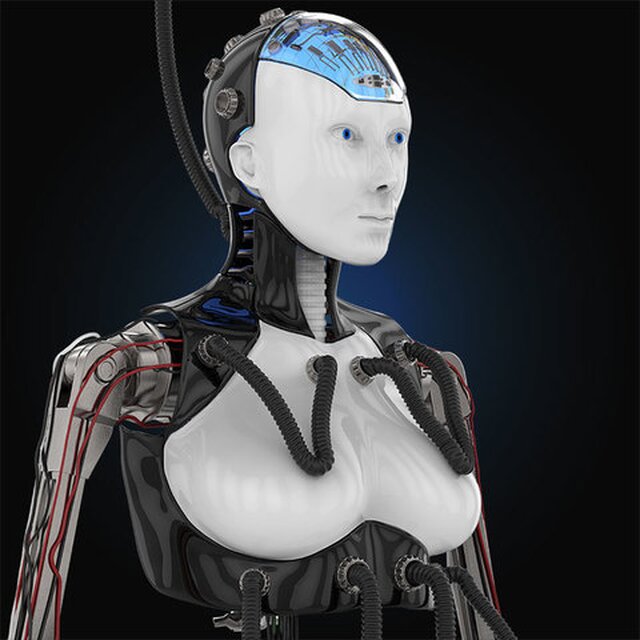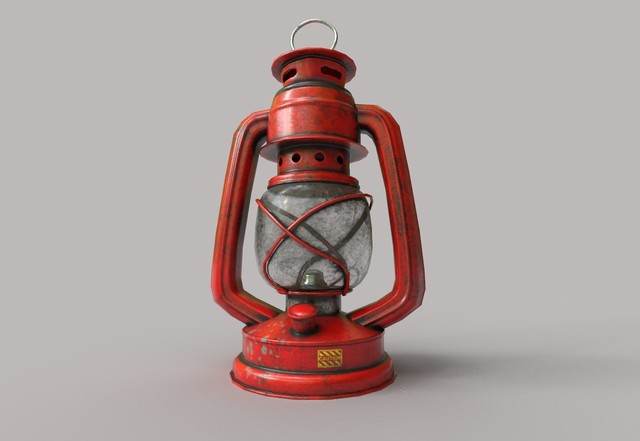3D modeling is a very flexible industry, with a lot of different approaches to it. This includes different variants of polygonal modeling. The two major variants of polygonal modeling include 3D hard surface modeling and organic modeling. If you’re new to 3D modeling, you may be confused about the difference between these two variants. This is especially the case when the general rules of the two don’t seem to apply.
What’s in a name
At first, these two variants seem relatively obvious in their differences. Organic modeling is generally used for people, animals, plants, and other living things. Hence the term “organic.” On the other hand, hard surface modeling is designed for things made with hard surfaces, such as cups, plates, cars, and other inanimate objects. Like most things, however, there is some bleed through and also some debate. Some 3D modeling design services say that if something can be animated, that means it’s organic, even if animated has hard surfaces.
An envelope is an inanimate object, but the flap can be opened, and the paper can be bent and folded. Does that make it organic modeling or hard surface modeling? Some people also define the difference in terms of how the mesh will be created. Think of a soft, fluffy bean bag. Technically, it is a human-made object, but it’s not a hard surface. On the opposite side of the spectrum, there are objects in nature with hard surfaces that are not human-made. While the lines may blend, in general, the difference between organic modeling and hard surface modeling are clear.
A closer look at organic modeling
Although certain animations of inanimate objects may cross over, organic modeling focuses on living things. These include people, animals, trees, and plants. Organic models are also usually used for animation, which means the living beings in them will be moving.

This means that to create something that can be animated without looking unnatural, specific rules must be followed. One of these rules is that the object being animated should have four sides if possible. While it doesn’t matter if it’s an arm, a leg, or a leaf, all the polygons used in the animation should be four-sided or quads. If it has more than four sides (becoming an N-Gon instead of a Polygon), it can cause deformations in the model when trying to animate it.
N-Gons can also cause strange bumps to appear when smoothing the model and problems with rendering as well. Even if it may seem like you need an N-Gon to make a model work, it’s best to try and make your original mesh a polygon so that these mistakes don’t happen. Organic 3D character modeling services have a lot of experience and a great deal of study in the objects being made. There are many fine details that you may not notice at first but add a level of realism to the object you’re creating.
The hair’s direction on a dog’s coat, the muscle structure on a warrior, and the wrinkles on an older woman’s face all bring life and realism to these beings. While fine textures such as wrinkles and coats will likely be added in sculpting software, adding the bumps where muscles should be onto the mesh can make the model come to life more.
What is hard surface modeling
Hard surface modeling doesn’t have quite the same strict rules on N-gons as organic modeling does. It’s still better to create quads whenever possible in hard surface modeling as well. However, this is merely good practice and isn’t the same hard and fast rule as it is in organic modeling. As long as the hard surface model looks good and has a pleasant, smooth appearance, it’s okay if the odd N-gon is present. Hard surface modeling is where most beginner 3D design services get their start because a flat smooth object like a box is typically easier to create than an object with a lot of tiny details. For instance, the muscular body of a horse or the many bumps and indents needed to make a face come alive.
Although it is generally easier than organic modeling, true mastery also requires a great deal of skill. Hard surface modeling is typically used in architecture and product design for cars and other objects, and some of these require a lot of skill to make them look their best. Other objects in hard surface modeling aren’t hard and require the same attention to detail as organic modeling does. Examples of this might mean the folds in a curtain or the plump armchair’s soft plush curves.
Just as organic modelers need to look at dozens of reference photos to get an accurate idea of a natural object, hard surface modelers also need to look at references. In the case of architecture, blueprints and other references can help guide how the building should look.
Why there are separate categories
With so much crossover between the two different categories, it may make you wonder why there are different categories at all. After all, if a couch is soft, flexible, and a hard surface, what makes the two different? The answer comes down to communication. When clients are looking for a 3D rendering service, they are looking for someone who has spent a lot of time practicing the object they want to be made. No matter how good you are as a modeler, chances are there is a particular type of object you excel at making.
RELATED: Product Rendering and 3D Visualization – An Overview
Some 3D artists make all cars, some only do people, and some enjoy architecture. Having a dividing line between organic and non-organic models helps clarify to clients what sort of model they are most comfortable working with. If someone is looking for help getting a product built, they know to look for a hard surface modeler, whereas if they need an animal for a video game, they know to look for an organic modeler. If you’re an artist advertising your skills, list the one you are most comfortable with.
Tips for becoming a good organic modeler
Learning organic modeling techniques is beneficial no matter what you’re creating, but it’s essential if you plan to work in animation or to create models of people or other living things. Even an inanimate object that won’t be used in animation will look better and have fewer errors if built in quads as much as possible, and learning bumps and curves makes adding detail to inanimate objects easier. If you’re planning to focus on organic modeling, some skills will benefit you more than architectural 3D modeling services.
Improve hand drawing skills
If you plan to become an organic modeler, time should be spent learning the anatomy of people and animals. Looking at photos of body builders can really help show you what muscles look like, and drawing the muscle system of different animals can also be useful. This helps make models more realistic and avoids making embarrassing mistakes others will notice.
Use only quads
Organic 3D models should be made only in quads, with triangles being rarely used and N-gons never or as little as possible. This is best for any type of model, but is essential for organic modeling, especially if the model is going to be used in animation.
Tips for becoming a good hard surface modeler
Although techniques are a little different for hard surface modelers like furniture 3D modeling designers, there are still ways you can excel. With hard surface modeling, having experience in a wide variety of different model types is important. Instead of limiting yourself to one type of object, you should spend time on as many different types as you can to get the best results.

Plan shapes beforehand
Just as organic modelers need to study anatomy and add fine details in terms of muscle and bone to their work, hard surface modelers need to think about the shapes involved in creating their models. It’s important to get the proportions right on the whole model before adding details, so that one section isn’t ornately designed while the size is visibly off from the rest of the work.
Save your work
Pieces of objects can often be used to save time on new creations. Save all of your old work so that your new projects are faster, and you can spend more time on detailing instead of recreating the same basic building blocks over and over again. Regardless of what sort of 3D model you do, striving for perfection is important. The more time you spend honing your craft, the better your 3D objects will be.
Although different types of models require different approaches, if you spend time perfecting your craft, you will be rewarded with spectacular 3D models. Whether your calling is in creating realistic 3D models of people for video games, new products for business, or architecture for construction, these tips can help take your work to the next level.
Cad Crowd’s 3D modeling services are experts at all things design
At Cad Crowd, we have an expert collection of top-tier 3D modeling services available to help you with your project. Whatever you need modeled, rest assured that we can help. Get a free quote today.
